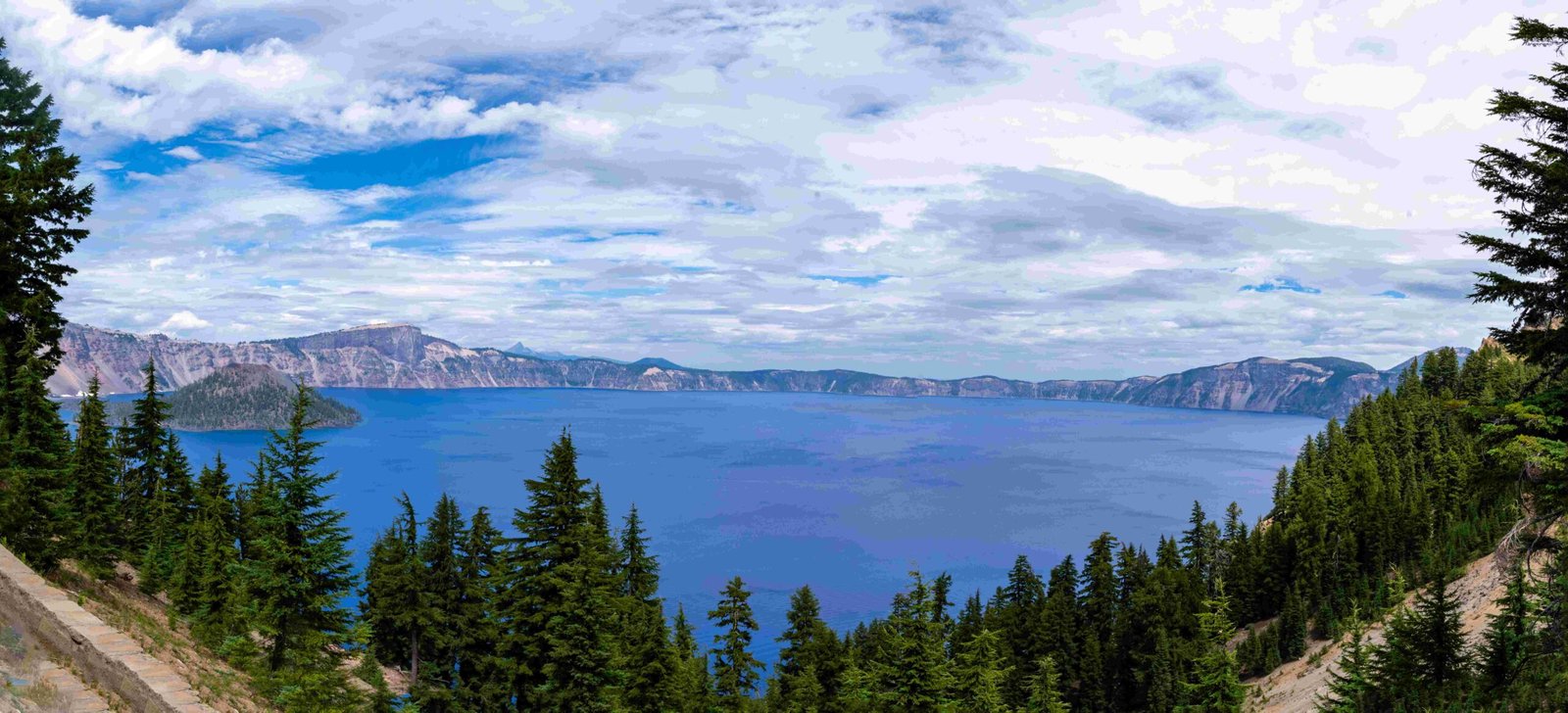Crater Lake in Colorado, nestled within the Maroon Bells-Snowmass Wilderness Area, sits at an impressive altitude of 10,076 feet (3,072 meters) above sea level. This high-elevation lake offers breathtaking views and challenging hiking opportunities. The surrounding area boasts even higher peaks, including the famous Maroon Bells, creating a stunning alpine landscape. Visitors to Crater Lake Colorado must be prepared for the effects of high altitude and the physical demands of hiking in this mountainous terrain.
What is the Exact Elevation of Crater Lake Colorado?

Crater Lake Colorado has a precise elevation of 10,076 feet (3,072 meters) above sea level. This high-altitude setting contributes to the lake’s pristine beauty and unique ecosystem. The elevation plays a crucial role in shaping the visitor experience, from the crisp mountain air to the potential challenges of altitude acclimatization.
How Does the Altitude Range Around Crater Lake Vary?

The altitude range around Crater Lake Colorado offers a diverse topographical experience:
- Trailhead at Maroon Lake: 9,580 feet (2,920 meters)
- Highest point on the trail: 10,172 feet (3,100 meters)
- Crater Lake: 10,076 feet (3,072 meters)
This range represents an overall elevation gain of approximately 700 feet (213 meters) from the trailhead to the lake. The varying altitudes create distinct microclimates and vegetation zones, enhancing the area’s ecological diversity.
What Are the Summit Elevations of Surrounding Peaks?
The area surrounding Crater Lake Colorado is dominated by impressive peaks:
| Peak Name | Elevation |
|---|---|
| South Maroon Peak | 14,163 feet (4,317 meters) |
| North Maroon Peak | 14,014 feet (4,277 meters) |
| Pyramid Peak | 14,026 feet (4,278 meters) |
These towering mountains, known as ‘fourteeners’ due to their elevation exceeding 14,000 feet, provide a dramatic backdrop to Crater Lake and offer additional hiking and climbing opportunities for experienced mountaineers.
How Accessible is Crater Lake Colorado Given its High Altitude?
Despite its high altitude, Crater Lake Colorado is relatively accessible:
- Transportation:
- Drive to Maroon Lake parking area
-
Follow the trail to Crater Lake
-
Parking:
- Available at Maroon Lake parking area
-
Bus pass option: $6/adult, $4/youth
-
Altitude-Related Challenges:
- Moderate elevation gain
- Potential for altitude sickness
- Sections of talus on the trail
Visitors should be prepared for the physical demands of hiking at high altitude. Proper hydration, sturdy footwear, and acclimatization time are essential for a safe and enjoyable experience.
What Precautions Should Hikers Take When Visiting Crater Lake Colorado?
Given the high altitude of Crater Lake Colorado, hikers should take several precautions:
-
Acclimatization: Spend a day or two at a lower elevation before attempting the hike to allow your body to adjust to the altitude.
-
Hydration: Drink plenty of water before and during the hike. The dry air at high altitudes can lead to rapid dehydration.
-
Sun Protection: Use sunscreen, wear a hat, and bring sunglasses. UV radiation is more intense at higher elevations.
-
Proper Gear: Wear sturdy hiking boots and bring layers of clothing to accommodate changing weather conditions.
-
Pace Yourself: Take frequent breaks and maintain a steady, comfortable pace to avoid overexertion.
-
Watch for Symptoms: Be aware of altitude sickness symptoms such as headache, nausea, and dizziness. Descend immediately if symptoms persist or worsen.
How Does the Altitude Affect the Ecosystem Around Crater Lake Colorado?
The high altitude of Crater Lake Colorado significantly influences the surrounding ecosystem:
-
Flora: The alpine environment supports hardy plant species adapted to cold temperatures and short growing seasons. Expect to see wildflowers, stunted trees, and alpine tundra vegetation.
-
Fauna: Wildlife in the area includes mountain goats, marmots, and various bird species adapted to high-altitude living.
-
Weather: The altitude contributes to rapid weather changes. Afternoon thunderstorms are common in summer, while winter brings heavy snowfall.
-
Water Quality: The high elevation and limited human impact contribute to the lake’s pristine water quality.
Understanding these ecological factors enhances appreciation for the delicate balance of life at high altitudes and underscores the importance of responsible visitation.
What is the Best Time to Visit Crater Lake Colorado Considering its Altitude?
The best time to visit Crater Lake Colorado depends on your preferences and the activities you wish to pursue:
-
Summer (July-August): Peak season with warm temperatures and accessible trails. Wildflowers are in bloom, but crowds are larger.
-
Fall (September-October): Cooler temperatures and stunning fall colors. Fewer crowds, but be prepared for potential early snowfall.
-
Winter (November-April): Heavy snowfall makes the area a paradise for winter sports enthusiasts. Access may be limited, and specialized equipment is necessary.
-
Spring (May-June): Snowmelt creates rushing streams and waterfalls. Some trails may still be snow-covered, and muddy conditions are common.
Consider your comfort level with high-altitude hiking and the seasonal conditions when planning your visit to Crater Lake Colorado.
By understanding the altitude of Crater Lake Colorado and its implications, visitors can better prepare for an unforgettable high-elevation adventure in one of Colorado’s most beautiful wilderness areas.
References:
1. gjhikes.com
2. fs.usda.gov
3. nps.gov

